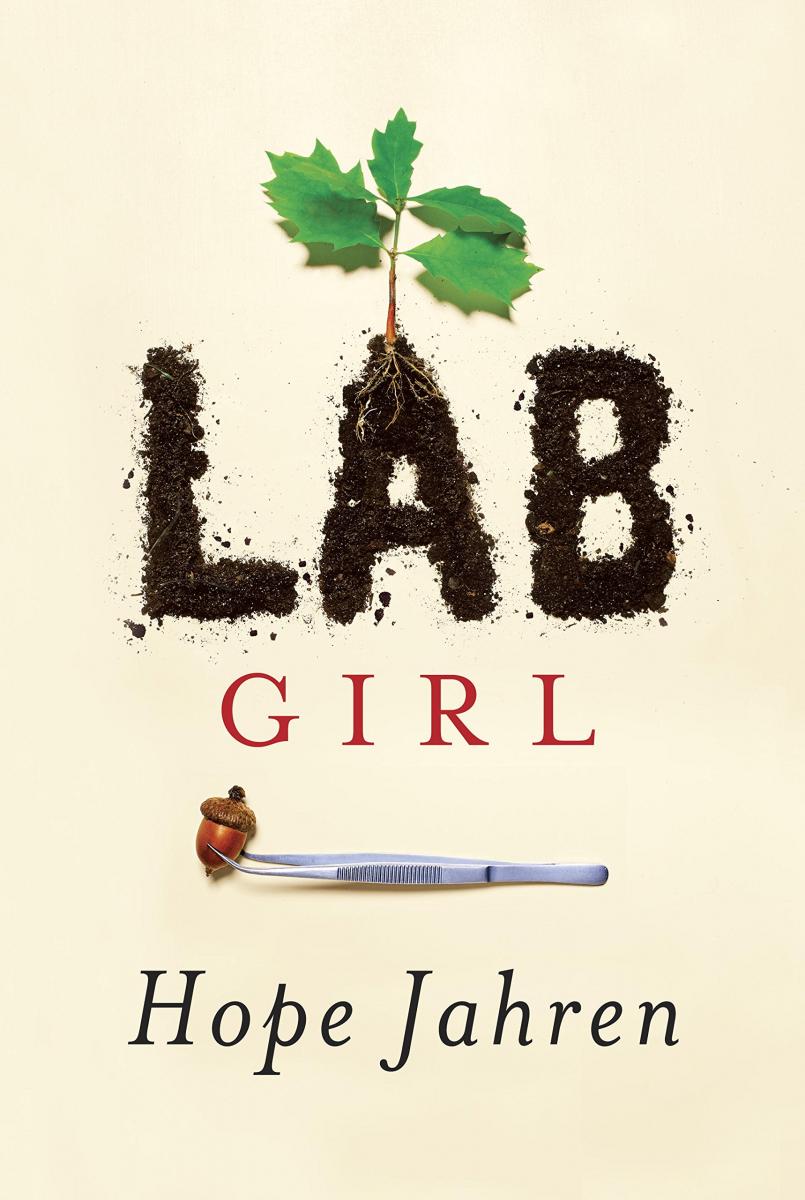I am, as regular readers of the Science League of America know, a regular Science Friday listener. I don’t always listen on Friday, but I do always listen, eventually. I let a few week’s worth of shows accumulate (perhaps as a passive-aggressive reaction to my dismay at NCSE’s absence from the conversation when the show reported on our climate survey a few weeks back), but I caught up this week while grocery shopping. (For some reason, we go to three different stores every week for food—it gives me a lot of quality podcast time.) A particular segment caught my attention—and not in a good way. A few months back, a Science Friday story nearly caused me to drop dishes when a guest suggested that “intelligent design” was “a perfectly reasonable thing to teach.” Well, this time, I garnered startled looks when I barked loudly at the produce display, “I don’t forgive you!” Perhaps I should avoid listening to Science Friday while I run errands.
The segment in question featured Hope Jahren, a geobotanist from the University of Hawaii at Manoa. Jahren was promoting her new book, Lab Girl, which “uncovers the secret lives of plants” while revealing the “personal side of being a scientist that we don’t usually hear about.” In her interview, Jahren talked about how she was inspired to be a scientist by her father, a community college physics instructor who taught generations of students in rural Minnesota. She spent hours in her father’s lab,  encouraged by his “endless patience” and tendency to treat her and her siblings as “colleagues” as they tinkered, explored, and broke a lot of things. Jahren has a lovely way with words and is clearly passionate about her work, saying that those early experiences taught her that science is “not about breaking things, it’s about fixing things…and there isn’t anything in the world that can’t be fixed by some combination of love and work.”
encouraged by his “endless patience” and tendency to treat her and her siblings as “colleagues” as they tinkered, explored, and broke a lot of things. Jahren has a lovely way with words and is clearly passionate about her work, saying that those early experiences taught her that science is “not about breaking things, it’s about fixing things…and there isn’t anything in the world that can’t be fixed by some combination of love and work.”
This all made a lovely easy-to-listen-to soundtrack as I strolled up and down aisles of packaged foods, but when the conversation turned to language and communication, my hackles were raised. Host John Dankosky (sitting in for regular host Ira Flatow) asked Jahren to translate her specialty—“the carbon isotope composition of terrestrial land plants”—and explain why it’s important. Jahren laughs, and says that she realizes that description is “this code...a string of words that the vast majority of people couldn’t understand.” She then goes on to describe her work this way:
I’m interested in life on land…How the bare bones of the planet, things that aren’t alive, are transformed into things that are alive…So, and the very very front end of that. So we’ve got the atmosphere, we’ve got sunlight, we’ve got water, these are things you can point to and say they’re not alive, and the very very first transformations are done by plants. They turn it into sugar, is the very first step. They take energy from the sun and carbon from the atmosphere and bang! You’ve got a sugar. And plants I’m using loosely—because there are plants in the ocean and plants on land, and my specialty is the plants on land.
Now in case you’re wondering what my problem with this was, the answer is absolutely nothing—this part of the interview, I thought, was great. She’s pointing out an issue that I (and my colleague Emily Shoerning) care deeply about—science’s unnecessary use of jargon, which forms a barrier to learning. If this had been the end of the communication discussion, I would have approvingly mentally filed Jahren as someone who understands that scientists needn’t use jargon to get their ideas across. The problem is that that’s not where it ended.
Jahren read an excerpt from her book, in which she described vines as “mak[ing] it up as they go along…green and malleable, they search frantically for something to cling to…vines do not play by the rules of the forest.” It’s an engaging passage, intended for a general audience, from a clearly talented writer. Dankosky asks:
So many of your descriptions of plant life and process in the book is just beautiful. I guess I’m wondering if you can talk about that in contrast to the somewhat sterile things you have to write in your day job. I mean the scientific papers have a very different tone and feel, and they can be impenetrable to people. I guess I’m wondering why, in science, there has to be this difference?
And here is where I started to get nervous that things were heading south. I will explain why in part 2.
Are you a teacher and want to tell us about an amazing free resource? Do you have an idea for a Misconception Monday or other type of post? Have a fossil to share? See some good or bad examples of science communication lately? Drop me an email or shoot me a Tweet @keeps3.

